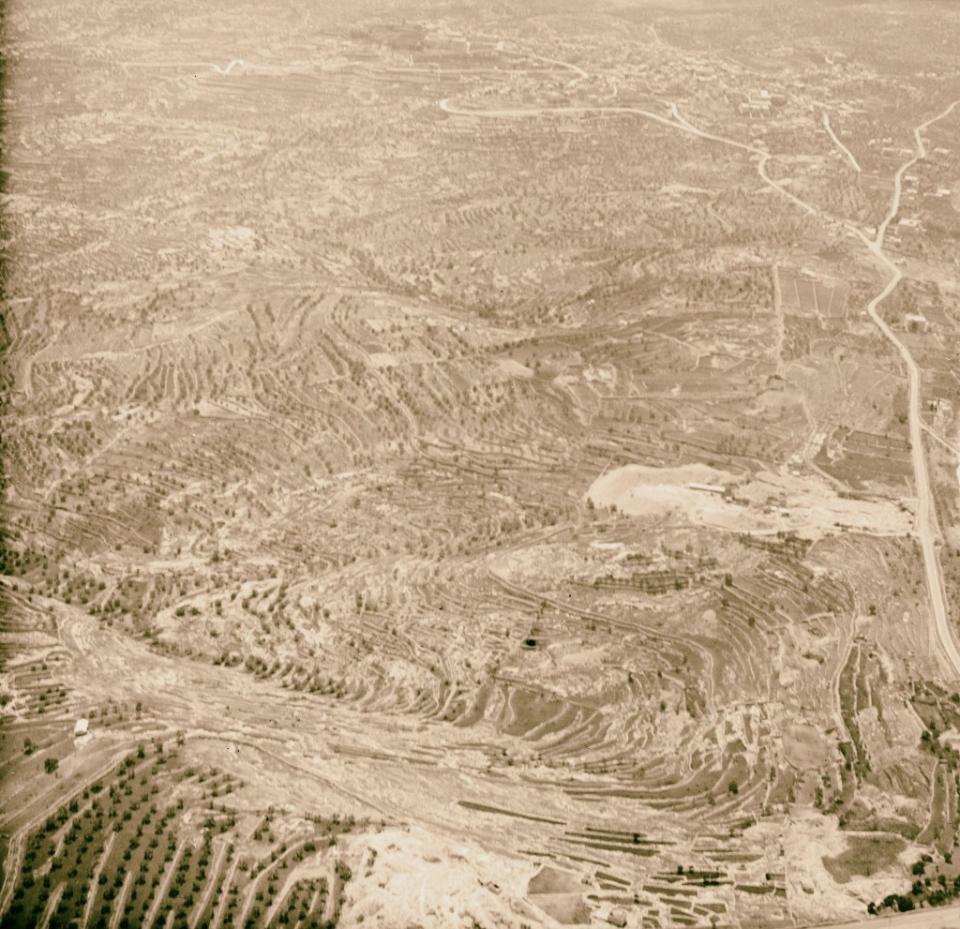Clues of bloody Biblical battle between angel of God and 185K invading soldiers uncovered in Jerusalem: new research

- Oops!Something went wrong.Please try again later.
A newly discovered archaeological site may provide evidence of Biblical truth.
Researchers in Jerusalem have uncovered an ancient military base that may provide clues of a battle ground for God’s army against Assyrian soldiers who came to conquer the Holy Land around 2,700 years ago, per a Sunday report in the Daily Mail.
As the Bible story goes, an angel of the Lord is said to have descended on the invading troops and killed 185,000 soldiers in a night.

The Assyrian Empire reigned from 1,365 to 609 BC, led by King Sennacherib’s campaign to control all routes across the Syrian Desert that led to the Mediterranean Sea.
A previously known carving on the stone walls of Sennacherib’s palace depicts the conquest of Lachish, a city 42 miles south of Jerusalem, including an illustration of a military base floor plan.
With this ancient engraving, archaeologist Stephen Compton was able to cross-reference aerial photos of the alleged area — part of a hisotric taken site in Israel called Ammunition Hill — in 1910 to discover the maps matched up.

“This appears to be the site of Sennacherib’s camp from the siege of Jerusalem, which was featured in the three books of the Bible,” Comtpon wrote in a June 4 press release.
The drawings pointed to ruins of a perimeter wall and buried pottery shards revealed to be at least roughly 2,600 years old, according to Copton’s analysis. The site is now believed to have been abandoned after Sennacherib’s invasion.
Researchers hope to use similar methods to uncover similar military bases and other ancient cities destroyed by the Assyrian Empire.


“In some cases, it has also been possible to use the newly discovered camps to locate the sites of ancient cities that were known to have been besieged by the Assyrians but whose locations were unknown or uncertain,” Compton said.
And it came to pass that night, that the angel of the Lord went out and smote in the camp of the Assyrians a hundred fourscore and five thousand; and when they arose early in the morning, behold, they were all dead corpses
2 Kings, 19:35
Three Bliblical scriptures tell the story of God’s victory over the Assyrians in Jerusalem: Isaiah, 37:36-38; 2 Kings, 19:35; and 2 Chronicles, 32:21.

The story tells that Jerusalem’s ruler Hezekiah prayed to the Israelite deity Yahweh — understood as God among Christians — for protection and was sent an angel to ambush soldiers as they slept.
Other retellings of the attack cite a plague for the massacre of the Assyrian camp, while a version from Greek scripture describes an invasion of mice that chewed through the soldiers’ weaponry.

